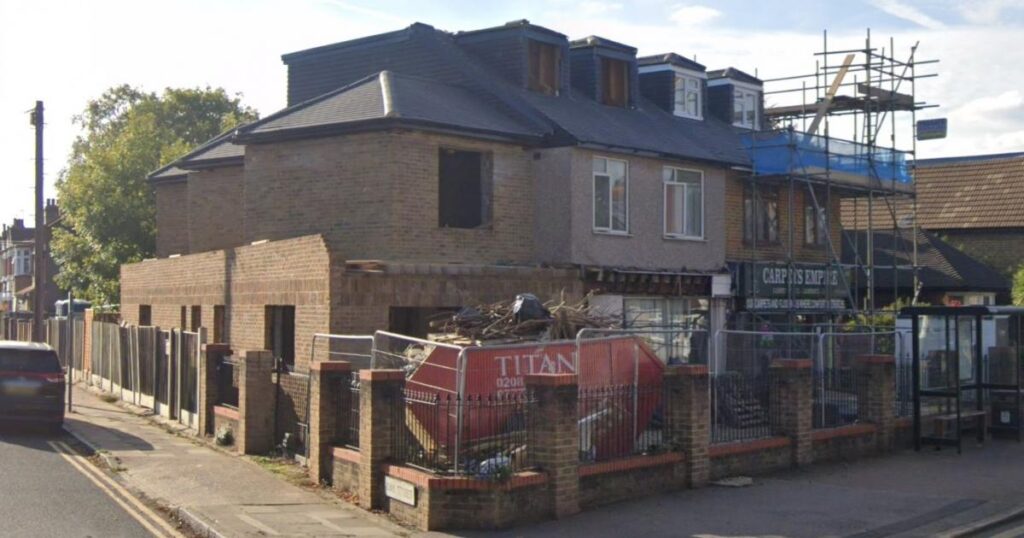Gurvir Singh, 23, was squatting in an abandoned first-floor flat in a part-demolished property near the junction of Oak Street and Mawney Road.
The empty property, which could only be accessed via a makeshift ladder, was full of rubble and feared by police and paramedics called to his death to be structurally unsound.
Mr Singh was found dead on his bed with blood seeping from his nose and a drug-smoking pipe sat atop a small chair he was using as a bedside table.
He had no food in his kitchen, besides a single can of chickpeas.
Acting Det Sgt Amanda Mead, from the Metropolitan Police, wrote in a statement: “He had moved to the UK a year ago for an arranged marriage but there had been some issues and she had asked him to leave.”
Mr Singh had been in trouble with the police before and given the squat as his address, an inquest at East London Coroner’s Court heard on Monday (March 31).
His body was found by long-time friend Gurpreet Singh Cheema, who grew up in the same Indian village of Bishangarh, in the Punjab region.
Mr Cheema wrote in a statement that he moved to the UK in 2010 but Mr Singh did not follow until the end of 2023.
His body was found on August 12, 2024, when he failed to show up for work on a building site.
Mr Cheema recounted climbing through a window and making the grim discovery.
“He was lying face down on the bed,” he wrote. “His legs were hanging off the end of the bed and were straight out. They were not touching the floor.
“I then tried to shake him and wake him and turned him over so that I could see his face. His face was an unusual colour to what it usually was and appeared much darker.”
This would have been caused by lividity – when blood stops pumping around the body and instead sinks to the lowest parts of the body, discolouring them.
Describing his friend’s accommodation, he wrote: “It’s a derelict house and resembled a building site at the time of the incident, with debris all over the floor.
“The property is a first-floor flat. The only access is via a makeshift wooden ladder. The building is surrounded by scaffolding.”
Acquaintance Tan Dhillon, who followed Mr Cheema up the ladder after he discovered the body and cried for help, also supplied a statement to the court.
“I went up there and saw him lying face down,” he wrote. “As I touched his body, I noticed it was hard and then I knew that rigor mortis had set in.”
Mr Dhillon said he had last seen Mr Singh the night before and he “seemed his normal self”.
Mr Cheema said that when he spoke to Mr Singh’s brother after discovering his body, the brother said he’d had a one-hour phone call with him the night before.
“He said they were having a good chat and a joke with each other,” he wrote.
In addition to the crack pipe beside the bed, police found “snap bags” on the floor containing white powder they believed were Class A drugs.
Toxicology tests by Imperial College found a potentially lethal amount of drugs in Mr Singh’s blood.
Pathologist Dr Vasi Sundaresan found an old axonal brain injury which could have been caused by a previous drug overdose.
He determined Mr Singh’s cause of death to be “respiratory depression and coma” caused by “acute polypharmacy related drug toxicity”.
Coroner Nadia Persaud found no evidence to suggest Mr Singh had deliberately overdosed, ruling his death “drug-related”.
“I would like to pass on the sympathies of the court to Mr Singh’s friends who have assisted the court and also to his family,” she said.
“I am very sorry for your loss.”




